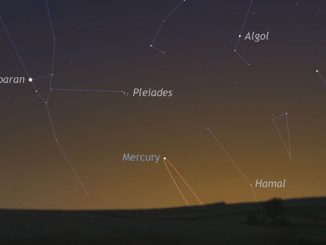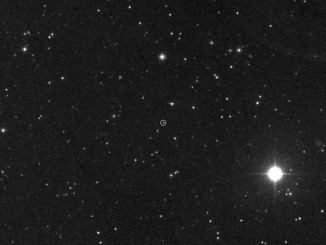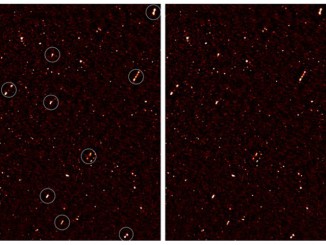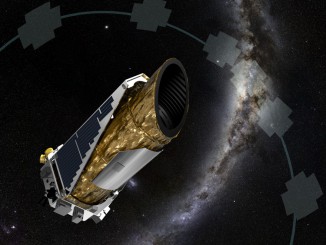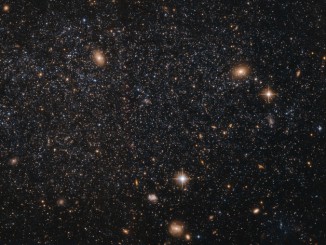
Speeding binary star discovered approaching galactic escape velocity
There are about two dozen so-called hypervelocity stars known to be escaping our Milky Way galaxy, but PB 3877 is the first wide binary star found to travel at such a high speed. The results of a new study challenge the commonly accepted scenario that hypervelocity stars are accelerated by the supermassive black hole at the galactic centre.

